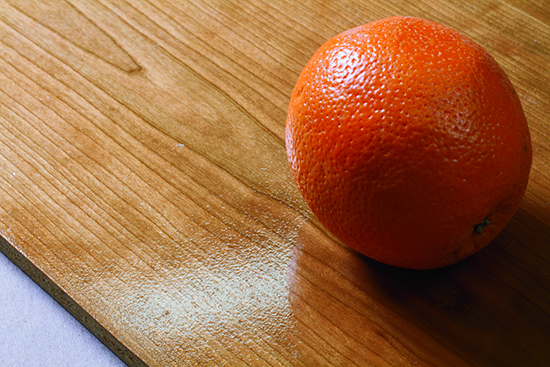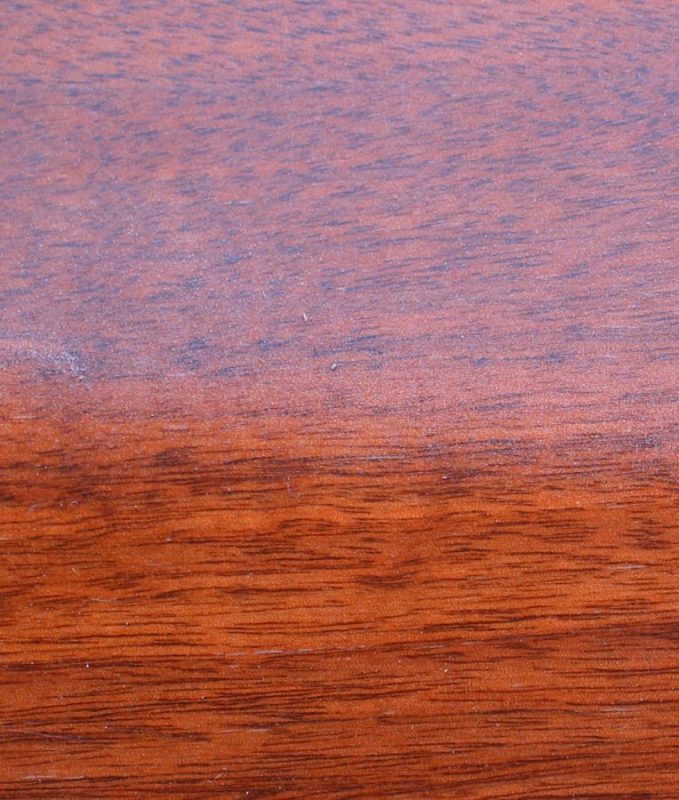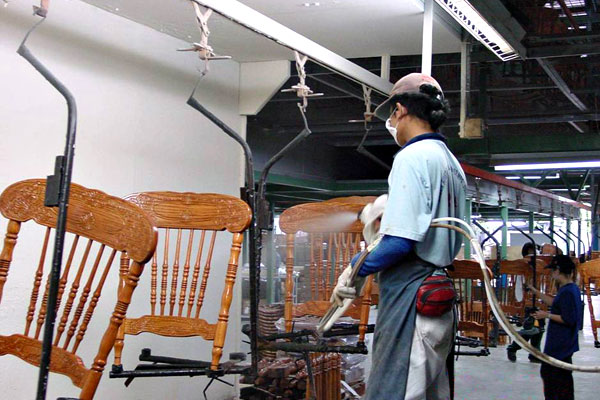The general impression is that the thinner is only used to lower the viscosity of the material before application so that it can be applied easily. In fact, the role of thinner does not stop there, as its role in achieving a quality film is very important. The wrong choice of thinner can spoil the look and feel of the film. The article below comes with more information on the role of thinner and how it should be chosen and used.
Factors on which diluents are chosen
Diluents are not only used to obtain a low viscosity product. They can be used to control the drying of the film and its stretching, so that in the end you get a nice, no-spill look, orange peel or roughness. The choice of thinner also depends on the desired gloss level. Using a varnish with a certain gloss level does not guarantee the same gloss level on the finished surface.
To avoid such problems, thinners with certain characteristics must be used. These are chosen according to:
- ambient temperature,
- type of material to be thinned (primer or varnish),
- the desired gloss level,
- nature of the product (nitro, polyurethane, polyester)
- the application method used (spraying, pouring, waving).
For each of these cases there are recommended thinners that work very well, but there are also contra-indicated thinners that can cause problems, sometimes serious ones. There are also universal thinners that can be used with any product. These only act as diluents, nothing more. In order to obtain a good quality end product, specific thinners must be used for each individual situation.

photo source: woodworkersjournal.com
Summer and winter delcarts
Organic thinners are mixtures of solvents in different proportions. The solvents used have different properties which they transfer to the thinner. For example, if you need a summer thinner you use heavy volatile solvents and for winter light volatile solvents. Mixing is done with the purpose for which the thinner will be used in mind.
Why is a heavy volatile thinner needed in summer and light volatile in winter? Because of the temperature dependence of the finishing materials. If a fast thinner is used in summer, it will evaporate before the varnish has set very well on the wood, resulting in orange peel. If spraying, the lake can still dry out from the air. A fine powder is produced which falls onto the wet varnish film and is embedded in it (the film is gassed). A rough, rough film is produced which is unpleasant to the touch. For this reason it is recommended to use summer thinners, which are more volatile, or to add retarding thinners, i.e. thinners that delay evaporation.
In winter the problem occurs when drying. When the temperature is low, the film dries more slowly and has time to trap impurities in the air. That's why specially formulated winter thinners that evaporate at lower temperatures are used to speed up drying. All these temperature-related drawbacks are eliminated if temperature and humidity are kept constant regardless of the season.

photo source: thefinishingstore.com
Influence of thinner on gloss level
The influence of thinner can also be seen in high-gloss varnishes and paints. To achieve that gloss, a perfect surface is needed that reflects light radiation as close as possible to 100%. The film needs time to set well, and this time is provided by the thinner used. You will never achieve high gloss directly (i.e. without subsequent polishing) using a thinner that evaporates very quickly.
Different thinners are often recommended for primer and varnish. It's a way to cut costs. In general, faster thinners are cheaper. Use for primer doesn't bother, even if it results in a rough or orange peel film. These can be corrected by sanding between layers. Only one thinner can be used, the lacquer thinner (when there are products of the same type - nitro, polyurethane, acrylic) for the whole system, in which case costs will increase.

photo source: guitarrepairshop.com
The choice of diluent also depends on the method of application
The choice of a thinner is also based on the application method. For example, one of the important properties of a thinner is its electrical conductivity. The conductivity depends on the polarity of the solvent, and for electrostatic field application polar solvents, which are good conductors of electricity, are needed.
In the case of pour-on application, the use of a rapidly volatile thinner leads to high thinner consumption and an alarming increase in VOC emissions. When applying by waved application followed by UV curing, the thinner must be chosen so that it leaves the film before entering the lamp. If it doesn't evaporate before it gets under the lamps, it remains inside the film as an opalescence, which is totally unpleasant for transparent products.

photo source: paintshop.co.in
My recommendation is not to treat the thinner as an auxiliary material of little importance. If you want to get good quality films, to have as few problems as possible during periods of extreme temperatures, choose the right thinner. If you can't handle it, ask the finishing specialists for help. And above all, don't cut corners by buying cheap thinners. The price of a thinner is so low that the savings you make do not cover the risk of problems that can cost much more to fix.
I hope you find the information below useful. As usual, additions are welcome. And if you have any questions or queries, please leave them in the space below. I'm sure I'll reply.





























Add comment